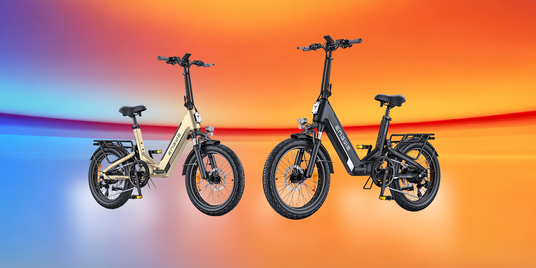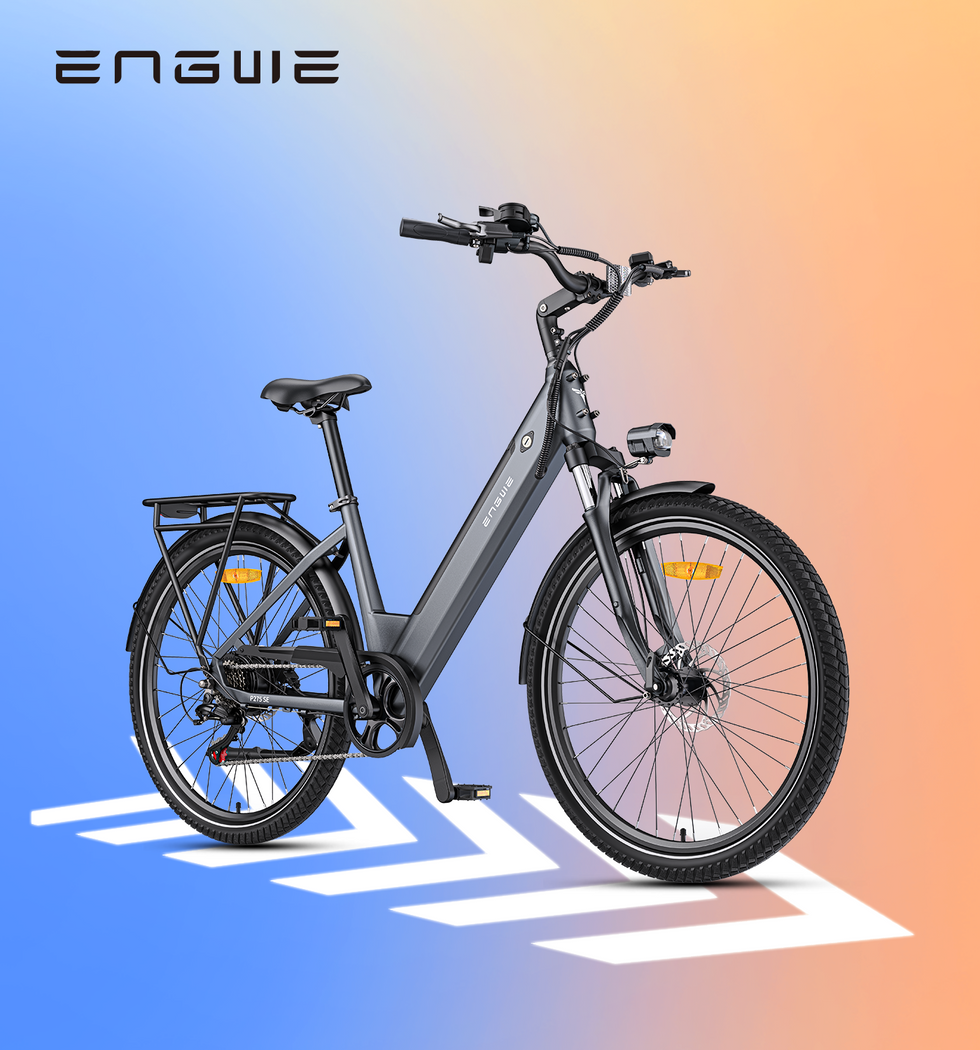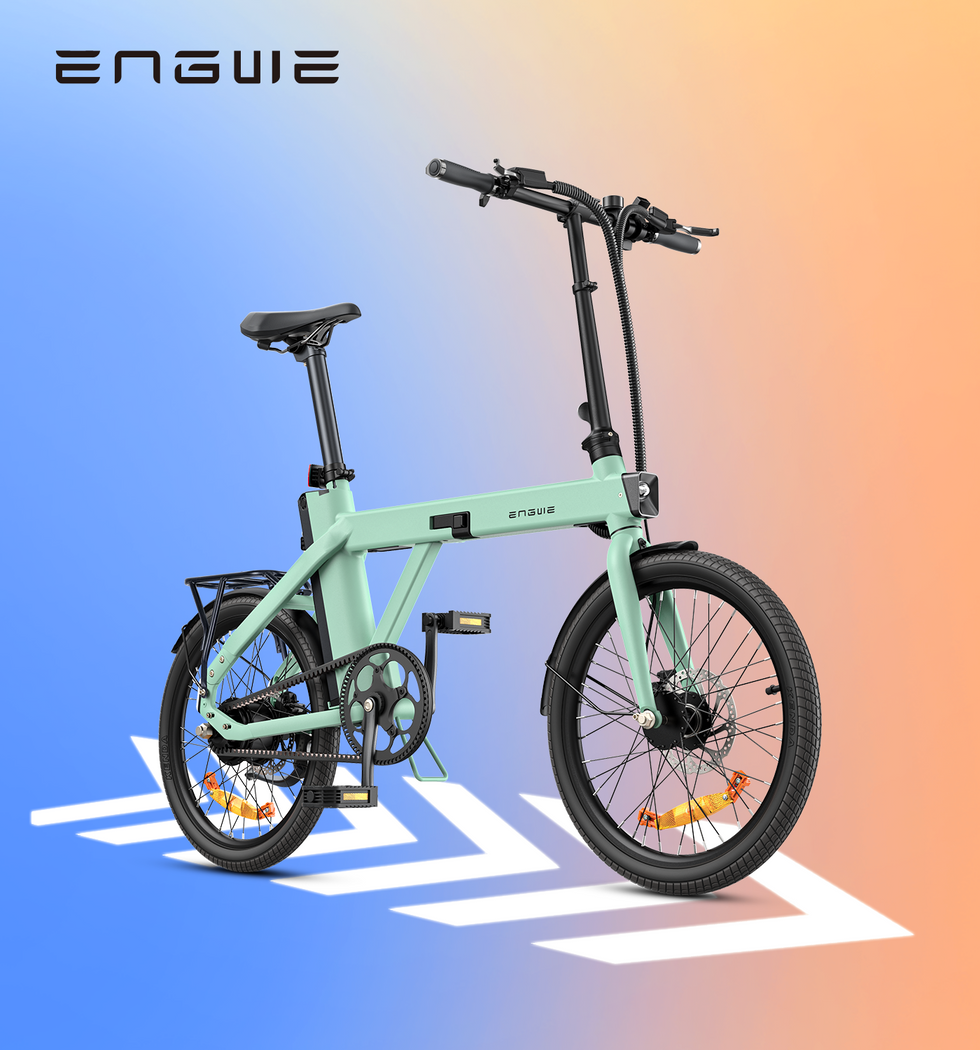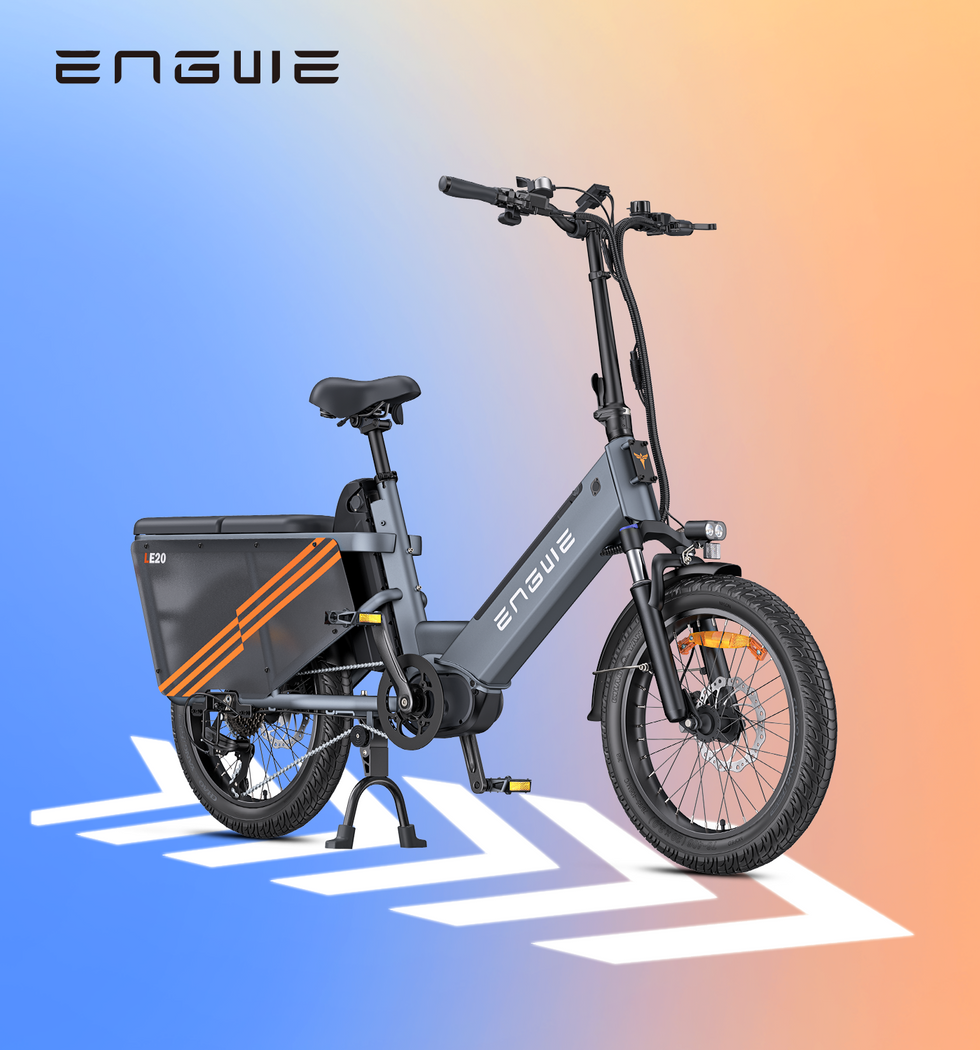Everything is different the first time you ride an electric mountain bike on an actual trail. The monstrous grinds that had you gasping for air become conquerable challenges, the additional ground you can now cover allows you to explore a whole new world of routes and, frankly, it’s just heaps more fun. I think back to my first climb aboard one and how effortlessly I surged up a steep rooty section with power to spare. It wasn’t cheating; it was enhancing, opening up more of the mountain than I ever could have by my own efforts. But walking into this world can be intimidating. There’s an overwhelming array of choices on the market, along with technical jargon and conflicting advice. The quest for the “best electric mountain bike” isn’t about a single, universally ideal model. It’s all about finding the right electric bike for you. This guide is a product of experience, one meant to help you get past the noise and cut straight to what matters so you can find the best machine for your adventures.
Find Your Riding Style
Even before you open up a spec sheet or start comparing motor output figures, the most crucial part to evaluate is yourself. Where will you ride and how do you want to ride? The truth you give to that question will help narrow your search faster than anything else. Are you more on fire roads with moderate steady climbs and descents? Nothing groundbreaking here, just the typical trail riding where a bike that earns high marks for balanced suspension (think roughly 120mm to 140mm of travel) and all-around geometry will serve you well. Or maybe you live near steeper and more technical terrain that has rock gardens and drops. This is all-mountain or enduro country, which will require more suspension travel (150mm and above) and a slacker, more stable frame geometry developed for aggressive descents. If you want to travel far on not so technical roads, perhaps a cross country type electric bike is for you. Knowing your playground is the first step for you to find your perfect ride.
| Riding Style | Recommended Suspension Travel | Best For |
|---|---|---|
| Cross-Country | 100mm - 120mm | Long distances on less technical roads and trails. |
| Trail | 120mm - 140mm | All-around riding, fire roads, moderate climbs and descents. |
| All-Mountain / Enduro | 150mm+ | Steep, technical terrain with rock gardens and drops. |
Motor and Battery: The Core Components
Now that we have your riding style dialed in, let’s transform this into the badass core of the bike! The motor and battery are at the heart of an electric bike. There are generally two kinds of motors: mid-drives and hub-motors. We say 'mid' because these motors are positioned at the center of the bike ('crank' position), powering it via the chain drive. This is also a really natural, intuitive sensation—the motor support is proportional to the force you put into pedaling. They're good for techie climbing where a kind of distributed low center of weight keeps the bike upright. Hub-drive motors sit in the middle of the rear wheel. They offer a "pusher" feeling and are more straightforward — and less expensive. The battery is your gas tank. Your range, meanwhile, is determined by its capacity (in Watt-hours or Wh). The higher the number, the more potential miles — and also weight. Search for a frame fitted with a battery that is integrated well into the body for both protection and a good-looking aspect. If you live in an apartment, no other considerations are required: a removable battery is a great thing when charging is in question.

Looking for an e-bike that can do everything brilliantly and with so much ease? The ENGWE EP-2 Boost is worth a serious consideration! It’s also a great recommendation for new riders thanks to the combination of gear that provides most of what you get with far more specialized bikes in an approachable form. What I've been most impressed with, from a design perspective, is its very intelligent torque sensor — it provides an incredibly smooth and responsive ride in which the power assist really feels like an organic extension of your own pedaling rather than a jolting afterthought. When you have a big, soul-destroying hill to climb, all you need is that one extra push from your pinner of a performance partner – the 55 torque output available in Boost Mode will come as an empowering surge. Its massive 20x4.0 fat tires on tough one-piece wheels, the massive contact patch gives you amazing grip in any terrain, from off-camber roots and rocks, street curbs and bricks to snow, sand and full-on mud. The all-terrain capability, added to the ultra-powerful 250W brushless motor, long-range 120km battery and foldable frame for ease of carrying and storing makes the EP-2 Boost a highly capable companion for both off-road adventuring and town-bred utility.
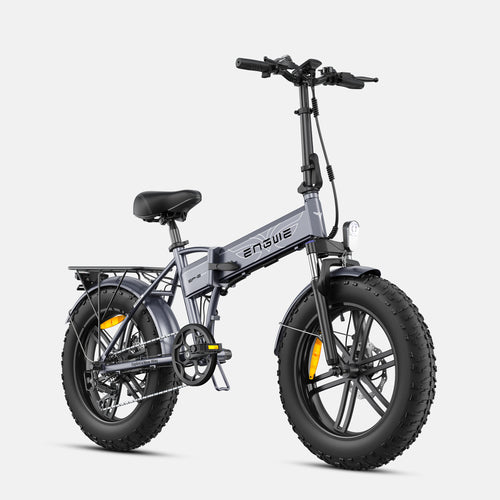
Suspension and Brakes: Control and Comfort
More than the motor, suspension is what makes a mountain bike capable. A “hardtail” has suspension only in the front fork; a full-suspension bike also includes suspension in the rear. Hardtails are easier, lighter and lower maintenance. They work excellently on the harder pack trails, and for riders who prefer the feel of being totally plugged into the trail. However, a full-suspension bike will give you much more comfort and confidence on bumpy, technical trails. The rear suspension allows the back wheel to remain on the ground, which increases traction while climbing and gives you more control on descents. In terms of stopping power, effective long-lasting brakes are a must on a heavier electric mountain bike. Hydraulic disc brakes are the norm, and provide better stopping power as well as modulation (fine control) than mechanical/cable-actuated ones; this is particularly important when you’re travelling at higher speeds.
The Details That Matter: Frame, Components, and the Test Ride
Lastly, don’t forget to consider the parts that connect you to the bike and the bike to the trail. The geometry of the frame determines how a bike behaves. A longer and slacker bike will feel more stable when you’re moving fast, while a shorter and steeper one will be more nimble in tight corners. Tire choice is also critical. Knobbier, wider tires grip better in sandy or other loose conditions but may also provide more rolling resistance on a hard surface. The gear range is decided by the drivetrain, generally from a brand like Shimano. An extensive range of gears remains crucial on an electric bike so you can maintain a comfortable cadence in both your legs and the motor, maximizing efficiency and battery life. The best advice I could give: if you can, test ride several different bikes. What any spec sheet can’t convey, though, is the time spent in the saddle. Note how the bike fits you, how the motor engages — whether in a linear or aggressive way — and how it makes you feel. This third element is also this service that we find the most personal and profound reason.

Frequently Asked Questions
1. What Kind of Range Does an Electric Mountain Bike Get in the Real World?
Published ranges can be misleading, as they are calculated in ideal conditions (on flat ground, level-one assistance setting, and we travel by night rider). Real-world trail riding with hills and higher power modes will lower that range. You may get 30 – 60km of good mountain biking from a fairly standard 500-600Wh battery, but that does depend greatly on terrain and the support you get.
2. Is the hub-drive motor strong enough for mountain biking?
What’s more, high-end e-MTBs—which are almost to a machine made with mid-drive motors because they offer superior balance and feel on technical climbs—aren’t the only bikes that can benefit from a powerful hub-drive (especially paired with an excellent sensor system like a torque sensor) on less-technical trails, fire roads and all-terrain riding.
3. How much maintenance does an electric mountain bike need?
It’s subject to all the usual upkeep of a good old-fashioned mountain bicycle — drive-train cleaning (the chain) and brake-pad checking, tire-pressure management — as well as taking proper care of electronic components. The key is to keep the battery and all connections clean and dry, so be sure to follow the manufacturer’s charging advice.
4. Are electric mountain bikes heavy?
Yes, it is much heavier than a regular bike, between 20 and 25 kg. While less noticeable in use (since the motor is doing half the work), it can be a consideration when lifting onto a car rack or into tight spaces.
5. What is the law speed limit for an electric bike?
This varies by jurisdiction, but in many locations the motor’s assistance must legally be disabled when you’ve reached a certain speed — say, 25 km/h. All that means is that after that, you’re free to zoom along at any pace your little legs can manage. Always check your local regulations.
The greatest electric mountain bike is the one that opens circuits that otherwise would be closed.
